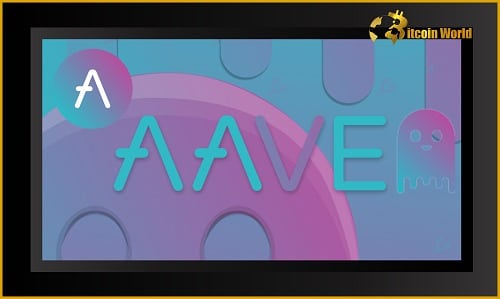Decentralized finance (DeFi) is rapidly evolving, and institutions are eager to participate. But regulatory compliance remains a key hurdle. Aave Arc offers a solution: a permissioned lending and liquidity service designed specifically for institutions. Let’s dive into how Aave Arc bridges the gap between traditional finance and the innovative world of DeFi.
What is Aave Arc?
Aave Arc is a permissioned liquidity pool within the Aave ecosystem. Unlike Aave’s permissionless counterparts, Arc requires participants to undergo KYC/AML verification, ensuring regulatory compliance. This opens the door for institutions to engage in DeFi lending and borrowing activities securely and compliantly.
How Does Aave Arc Work?
Aave Arc operates on a whitelisting system. Fireblocks, a digital asset custodian, acts as the whitelisting agent, verifying institutions’ KYC/AML compliance before granting access to the pool. This ensures that all participants meet the required regulatory standards.
Here’s a simple breakdown:
- Institutional Onboarding: Institutions apply to join Aave Arc.
- KYC/AML Verification: Fireblocks conducts thorough due diligence.
- Whitelisting: Compliant institutions are added to the Aave Arc whitelist.
- DeFi Participation: Whitelisted institutions can supply liquidity and borrow assets within the Aave Arc pool.
Who’s Involved?
Fireblocks has already approved 30 financial institutions to participate in Aave Arc. These include:
- Anubi Digital
- Canvas Digital
- CoinShares
- GSR
- Celsius
These firms can now act as liquidity providers, borrowers, and liquidators within the Aave Arc ecosystem.
Why is Aave Arc Important?
Aave Arc addresses a critical need in the DeFi space: regulatory compliance for institutional participation. By providing a permissioned environment with KYC/AML checks, Aave Arc enables institutions to explore the benefits of DeFi without compromising regulatory requirements.
Here’s why it matters:
- Bridging the Gap: Connects traditional finance with decentralized finance.
- Regulatory Compliance: Ensures adherence to KYC/AML standards.
- Institutional Access: Opens DeFi to a broader range of participants.
- Secure Environment: Provides a safe and compliant platform for DeFi activities.
Challenges and Considerations
While Aave Arc offers significant advantages, it’s essential to consider the challenges:
- Centralization: The whitelisting process introduces a degree of centralization.
- Limited Access: Only whitelisted institutions can participate, restricting access compared to permissionless DeFi.
- Regulatory Uncertainty: The evolving regulatory landscape could impact Aave Arc’s operations.
[wp:image {“linkDestination”:”custom”}]

[/wp:image]
[wp:paragraph]
Related Posts – Ex-SEC Chair, Jay Clayton Believes Cryptocurrency Industry Is For Long Haul
[/wp:paragraph]
Conclusion
Aave Arc represents a significant step towards mainstream DeFi adoption. By providing a compliant and secure environment for institutional participation, Aave Arc bridges the gap between traditional finance and the innovative world of decentralized finance. As the regulatory landscape evolves, Aave Arc is well-positioned to play a key role in shaping the future of finance.
Disclaimer: The information provided is not trading advice, Bitcoinworld.co.in holds no liability for any investments made based on the information provided on this page. We strongly recommend independent research and/or consultation with a qualified professional before making any investment decisions.


